
Moving Out?
Everyone may have moved their house one or more times in their life, but have you ever thought of moving your planet? With the earth’s recent climatic and resource issues getting worse day by day, you may at least once hear that humanity seeks ways of moving to another planet. But where and how? How the architecture on other planets for any creature, either people or animals, paves the way for survival?
Since the start of life on earth, humankind has always figured out the proper way of dealing with the existing situation. Considering the accommodation issue, they always took advantage of what was around them. They adapted themselves to any type of difficulties, such as lack of suitable material and area or harsh climatic situations. This is how architecture evolved in various world areas with different characteristics during history. But, same as anything, this adaptation also has its limits. Think of a day, which is not too far, that it is not possible anymore to live on earth. Yes, it has been a long time that the researchers have been looking for an alternative planet to live on, and still, Mars, Earth’s twin, seems the most realistic one!
Read about The Innovation Behind Hassell’s Mars Settlement.
The Red Twin!
NASA and other private companies like Elon Musk’s SpaceX are investigating the possibility of colonization on Mars. Generally, it is an accessible target for exploration due to its distance to Earth and being in our Solar System. But on top of this, the researchers study this Red Planet to find life and prepare it for future investigations by humans.
These two twin planets have both similarities and differences. The Red Planet has some clues of surface and subsurface water, it has polar caps, and it resembles Earth with its approximate 24 hours daily cycles and seasonal diversity. But, coming to the differences, are much more crucial, hindering us from instantly changing our planet. The extreme cold weather decreases to -135 °C during the winter and goes up only to 35 °C in the Martian summer months. On top of it, the extremely thin atmosphere of Mars compared to Earth cause the heat to fade away only above a few inches of its surface. Water is the next challenge for our future home. The surface of Mars is intensely dry, and water only can be found in the form of ice on it. Also, the irradiation level reaching it kills most plant and animal species. The other struggling trouble on Mars is the regularly occurring dust storms, circulating dust all around the planet. The low gravity issue of the Red Planet and its consequences is another matter of investigation.
The Architecture of Planets: Doing architecture on other planets!
The first priority while generating a habitat or accommodation for any creature, either people or animals, is how it paves the way for survival. Hence, the spatial, climatic, and material-related issues form the bases of architecture in any era and place. So, if you wonder about the architecture of your future home on Mars, I could say it is the architecture of Mars that will determine it. It means all the positive and negative Martian characteristics will set our limits and capabilities in the architecture of Mars colonies.
What is obvious is that we need to be self-sufficient to the best of our ability. Nasa calls this In-Situ Resource Utilization (ISRU), meaning providing the necessities like water, oxygen, energy, and building material by using local resources. Regarding the required construction material, for instance, the Martian dust could be combined with bonding agents to generate concrete, the local ice could be used for building ice houses, or habitats can be constructed inside caves. Until now, plenty of research has been done to determine the most proper way to develop the first colonies on Mars. All these ideas evolve with the progress of technology as time goes by.
NASA started a competition named The 3D-Printed Habitat Challenge in 2015. This competition happening in multiple phases and years challenged the participants to build a 3D-printed habitat for their exploration of the moon, Mars, or other wheres in space with the materials found there. This competition ended in 2019 and confronted the competing groups regarding design, software modeling, and physical construction. In the last phase, two finales constructed their design with 30 hours of 3D printing, and AI SpaceFactory, a New York-based AI company, won the top prize. As mentioned, being self-sufficient on Mars is our vitality, so the groups used robotic and AI techniques to construct their one-third-scale structures with the least possible intervention. The results have been tested for material mix, leakage, durability, and strength. Read more about the MARSHA project by AI SpaceFactory.
What about being more green? Can we have naturally growing habitats with us to build when we land on Mars? NASA’s myco-architecture project studies growing fungi homes in our next destination, Mars or Moon. This research, run by NIAC, NASA Innovative Advanced Concepts program, focuses on the concept of synthetic biology, visioning the use of life itself as technology. Then, why not adopt them on Earth too?
When we design for space, we’re free to experiment with new ideas and materials with much more freedom than we would on Earth,” said Rothschild. “And after these prototypes are designed for other worlds, we can bring them back to ours.
By harnessing mycelia, the hidden underground part of the fungus, we can let our home grow when we encounter Mars. The project’s vision is that the researchers who are heading the Red Planet can carry light and compact structures harnessed by dormant fungus, ready to unfold and grow around the framework to form a functional human habitat by simply adding water. And guess what? We do not contaminate our second home’s environment too.
However, we should keep in mind that the habitat for astronauts on Mars is not simply just a shelter! This home should meet all the needs of its inhabitants and protect them against any possible harsh conditions. Oops! Also, do not forget the fungi! They are alive too and need to eat and breathe just like we humans. It is the role of cyanobacteria, a type of bacterium producing oxygen and food for fungi by converting water and carbon dioxide through the sun’s energy.
Talking about the form and design of the structure, it is thought of as a three-layered dome. Respectively from the top outer to down, it is designed as frozen water ice, the Martian material for the radiation catchment, the cyanobacteria, the oxygen, and nutrition producer of the final layer of mycelia, growing to be the humans’ home. Although there is a lot to be done to make this idea come to life feasibly, these stepping stones will survive us when the time comes.
Territory Expansion
So, is tiny and single habitats enough for us to move the whole planet with its nearly 8 billion population? Absolutely not! If we are going to change our big home – the Earth planet, we need cities with massive colonization hubs.
ABIBOO studio designed a gathering of five cities with a capital named “nu?wa,” accommodating one million inhabitants in total on Mars, following a specific urban strategy. These sustainable cities are part of a study for the Mars Society’s competition. In their design, ABIBOO built their city in a vertical form, beside a cliff and with an indirect explosion to the sky, to protect it from the harsh atmospheric conditions, the solar and gamma radiation. Defined as ‘macro-buildings’, these habitats are generated by excavations of the cliff’s rock, with a modular concept, considering both living and working areas, connected with a 3D tunnel network. This scalable urban model also considers vital life needs like air, water, and food. To do so, the studio considered two areas for green urban gardens as ‘green-domes,’ one functioning as a park, and another as a cultivation hub in Martian conditions.
The cities are also equipped with high-speed elevators, connecting the bottom to the top, where energy and food are being produced. Social interaction spaces and necessary structures like hospitals and schools are also considered within the design.
Are You Ready?
Are you still ready to move with all these fantasies in your mind? Sci-fi movies visualized this futuristic tomorrow for us from long years ago. It always seemed exciting, or maybe frightening, to some of us. But, thanks to all researchers and the ones dedicated to the issue, one day, maybe near enough, it will happen. On that day, will we be capable of adapting ourselves to this novel lifestyle?
Parenthetically, If you are curious to dive deeper into the topic, you can join the Mars Architecture studio workshop by PAACADEMY, which is devoted to exploring the computational design capabilities applied to space architecture and architecture on other planets.
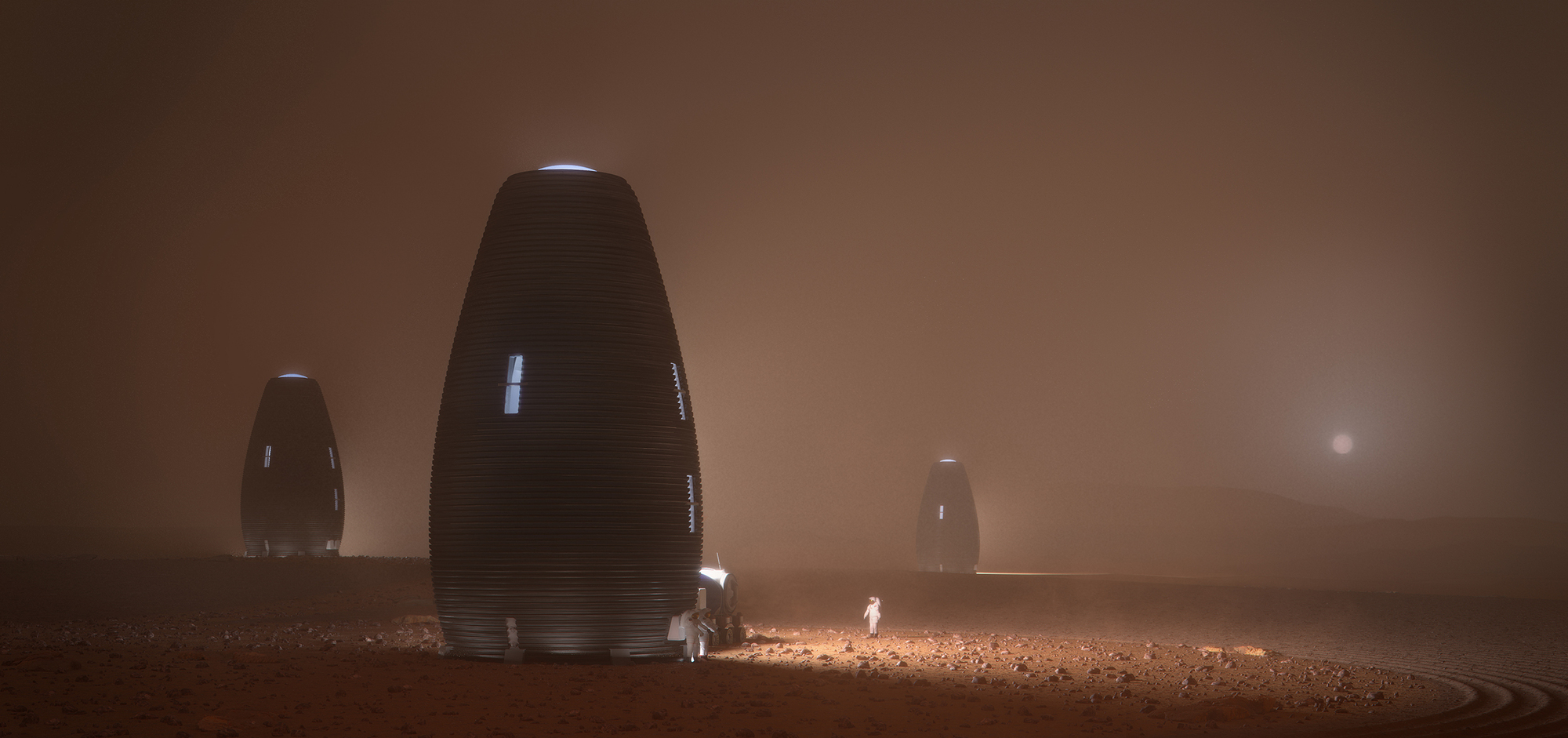
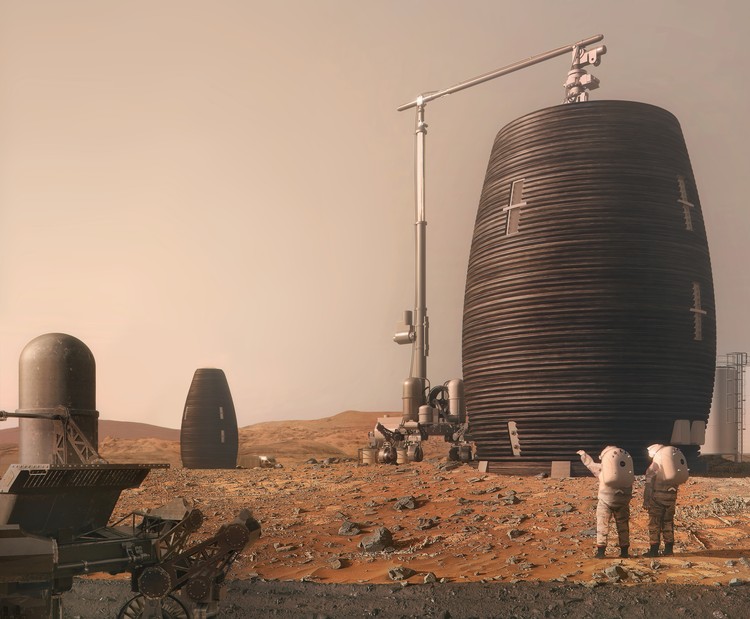
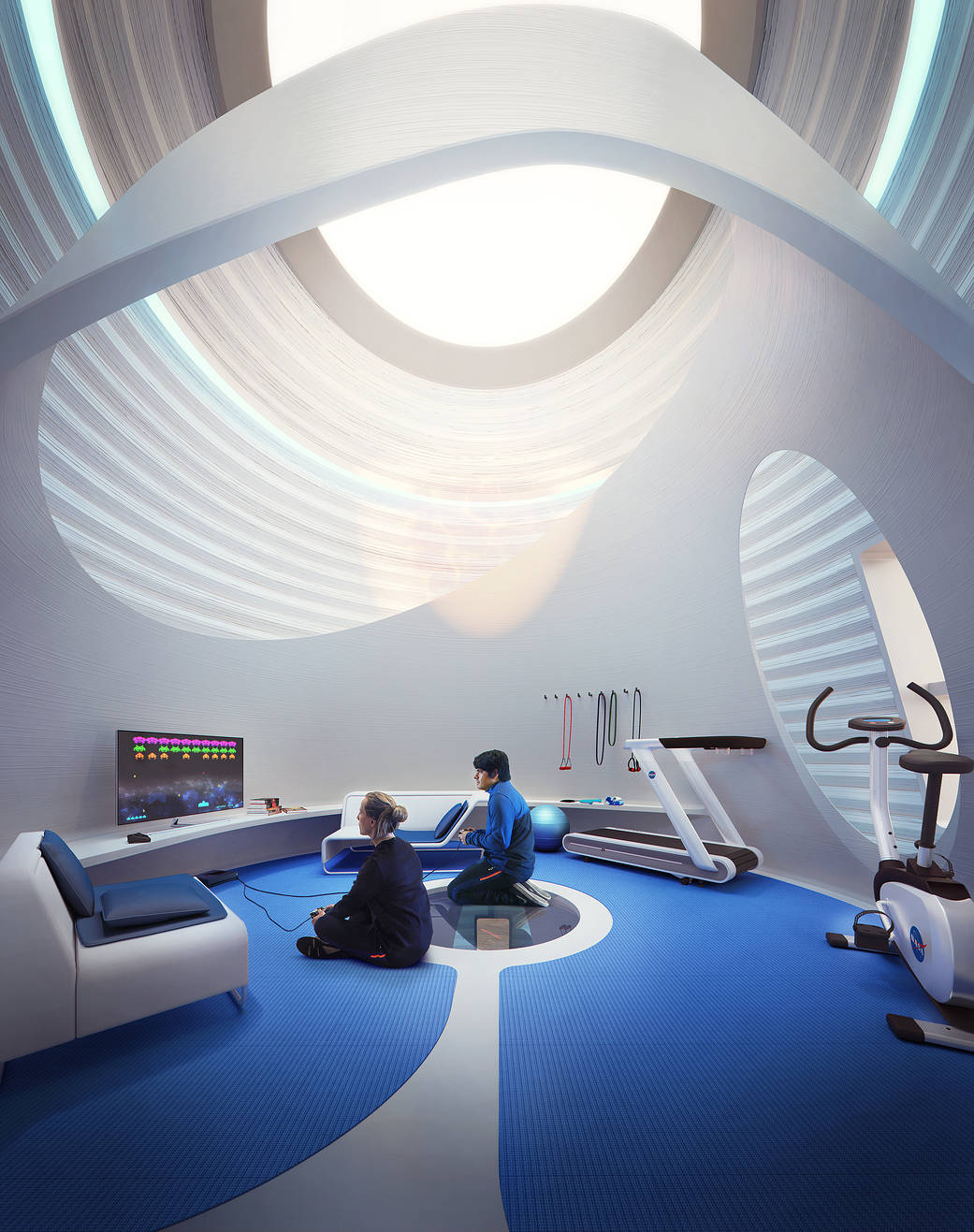
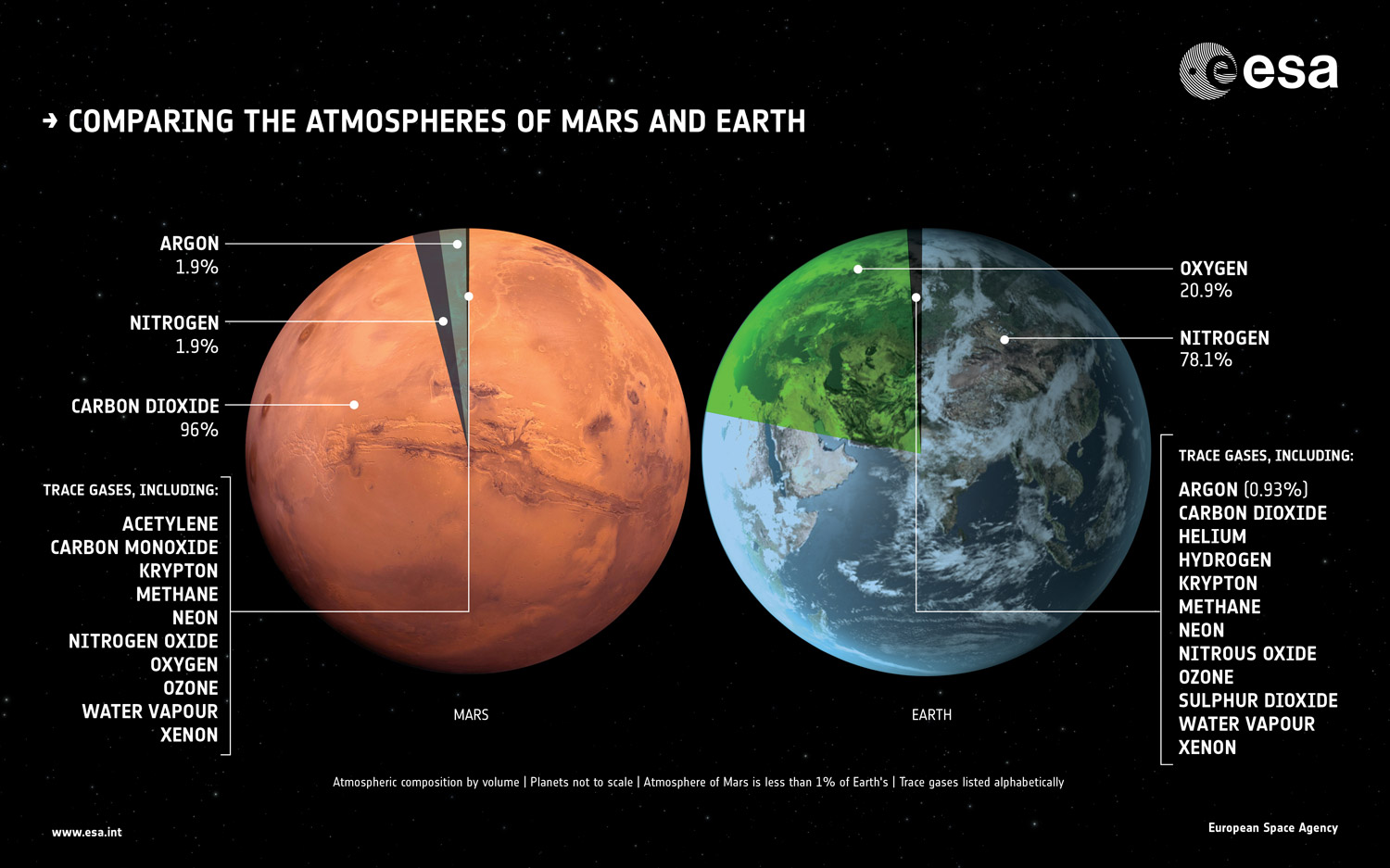
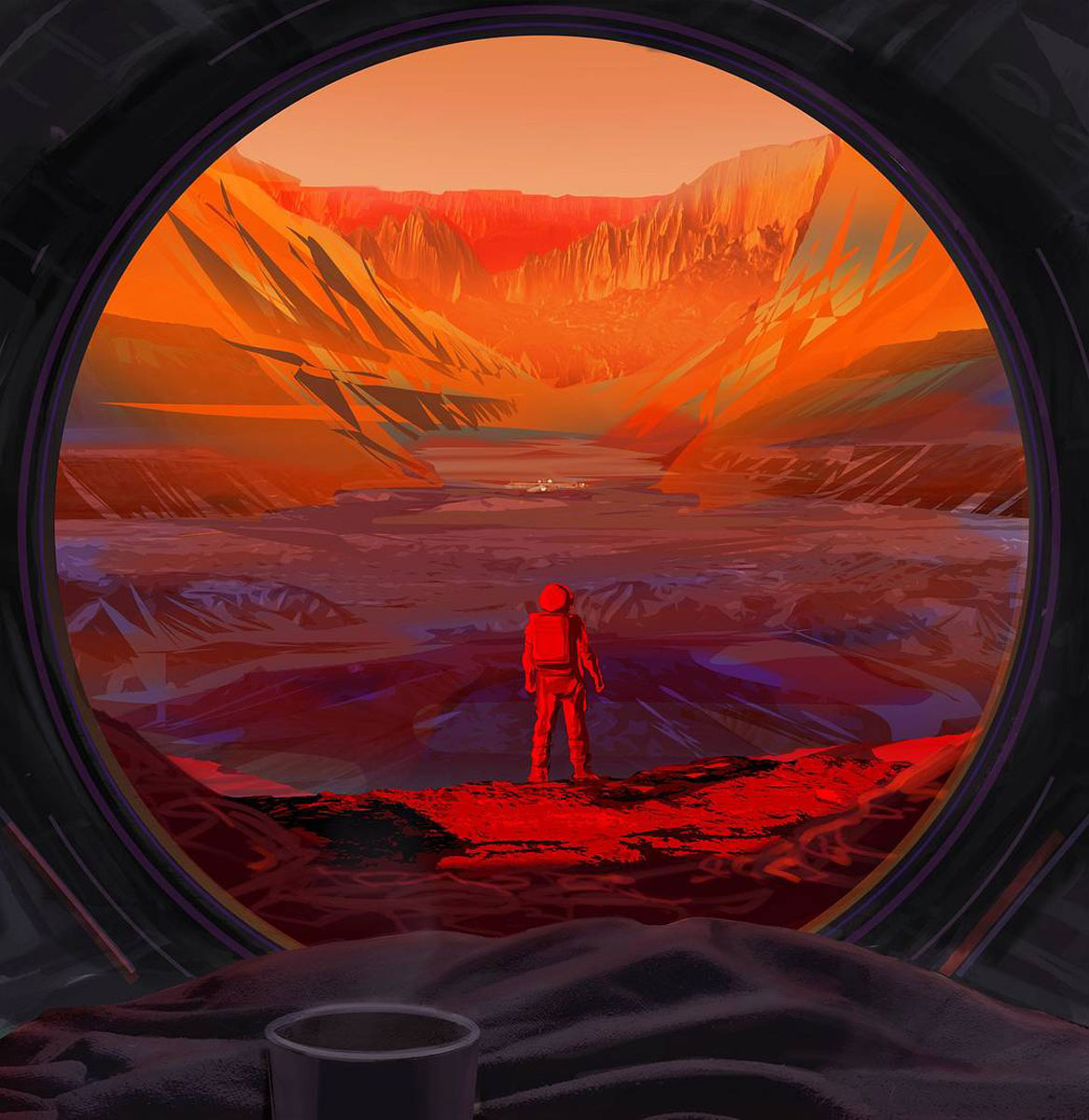
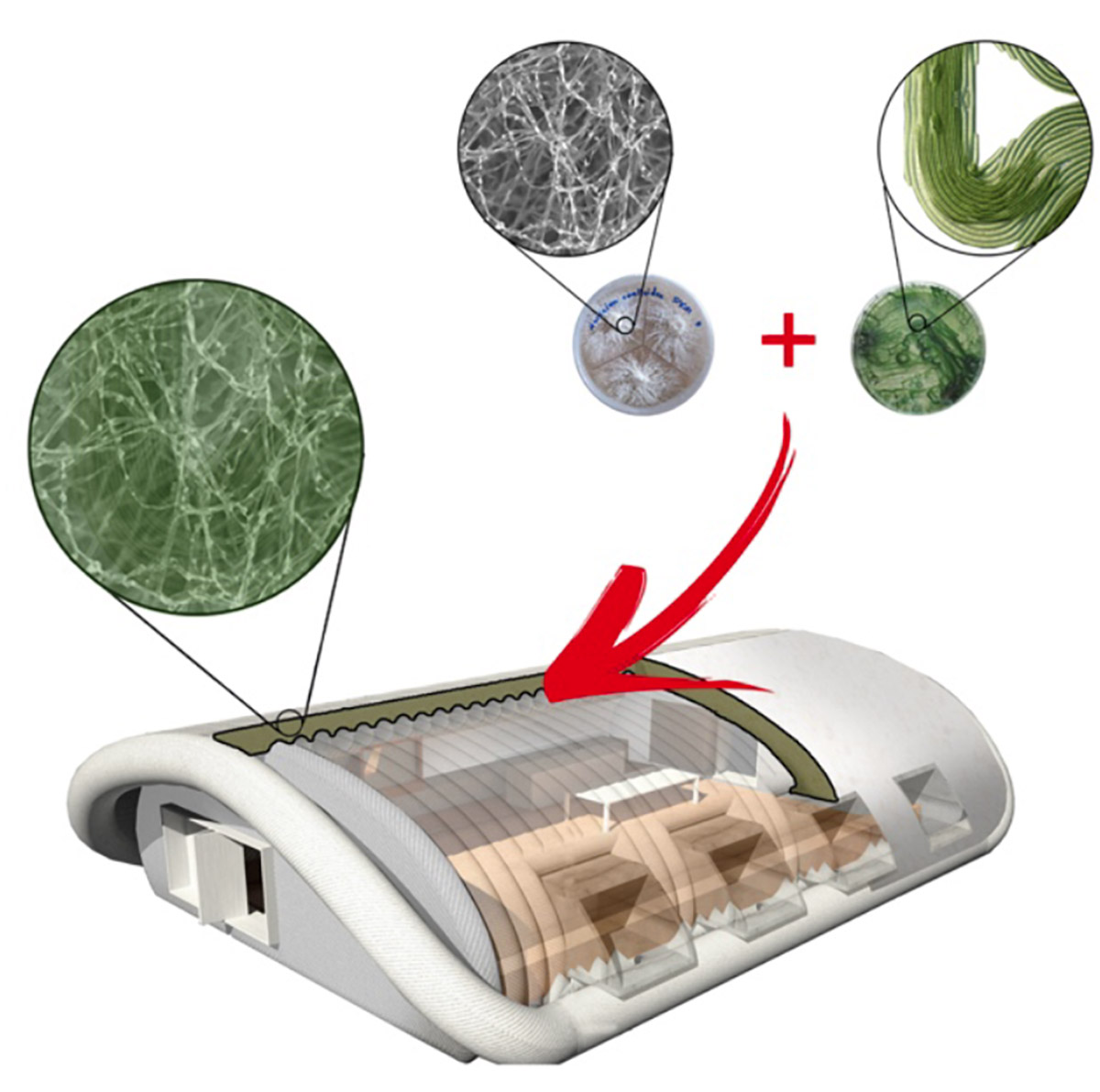
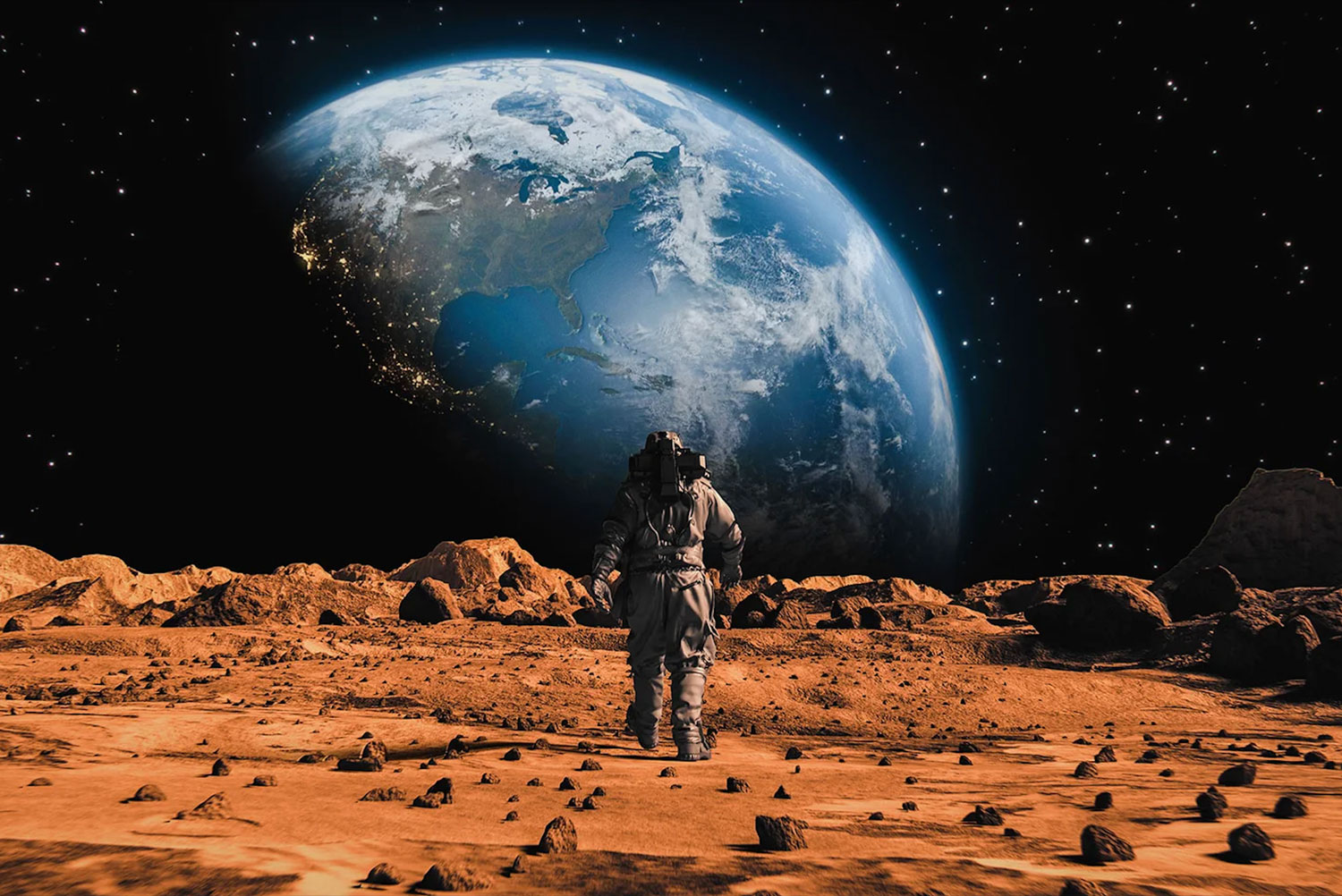
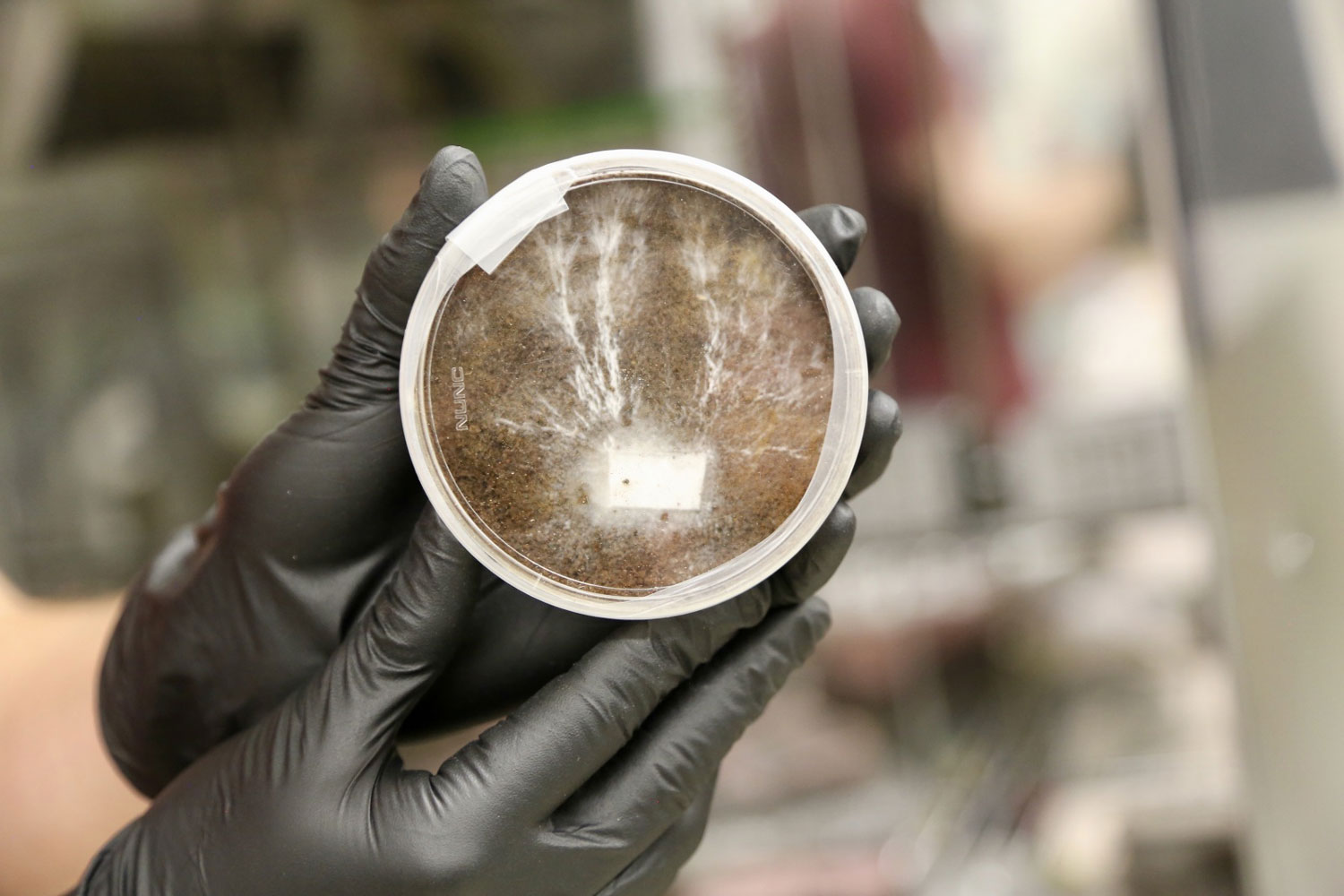
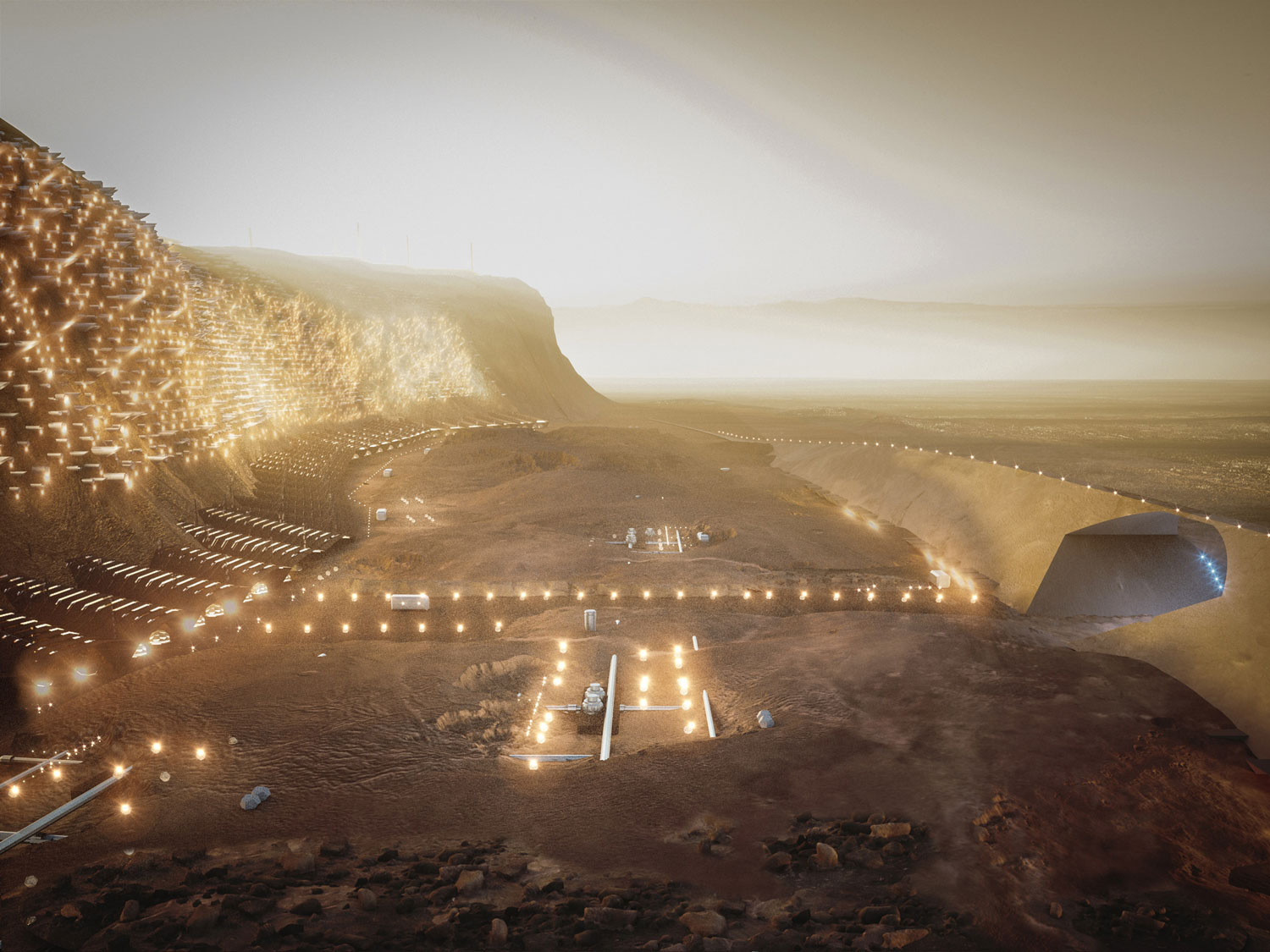

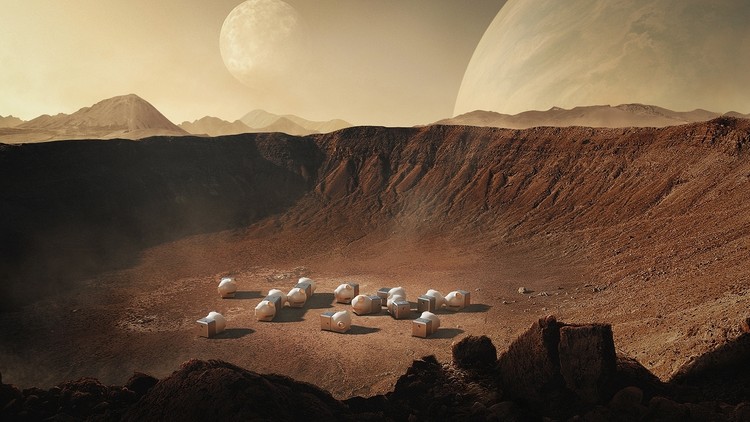
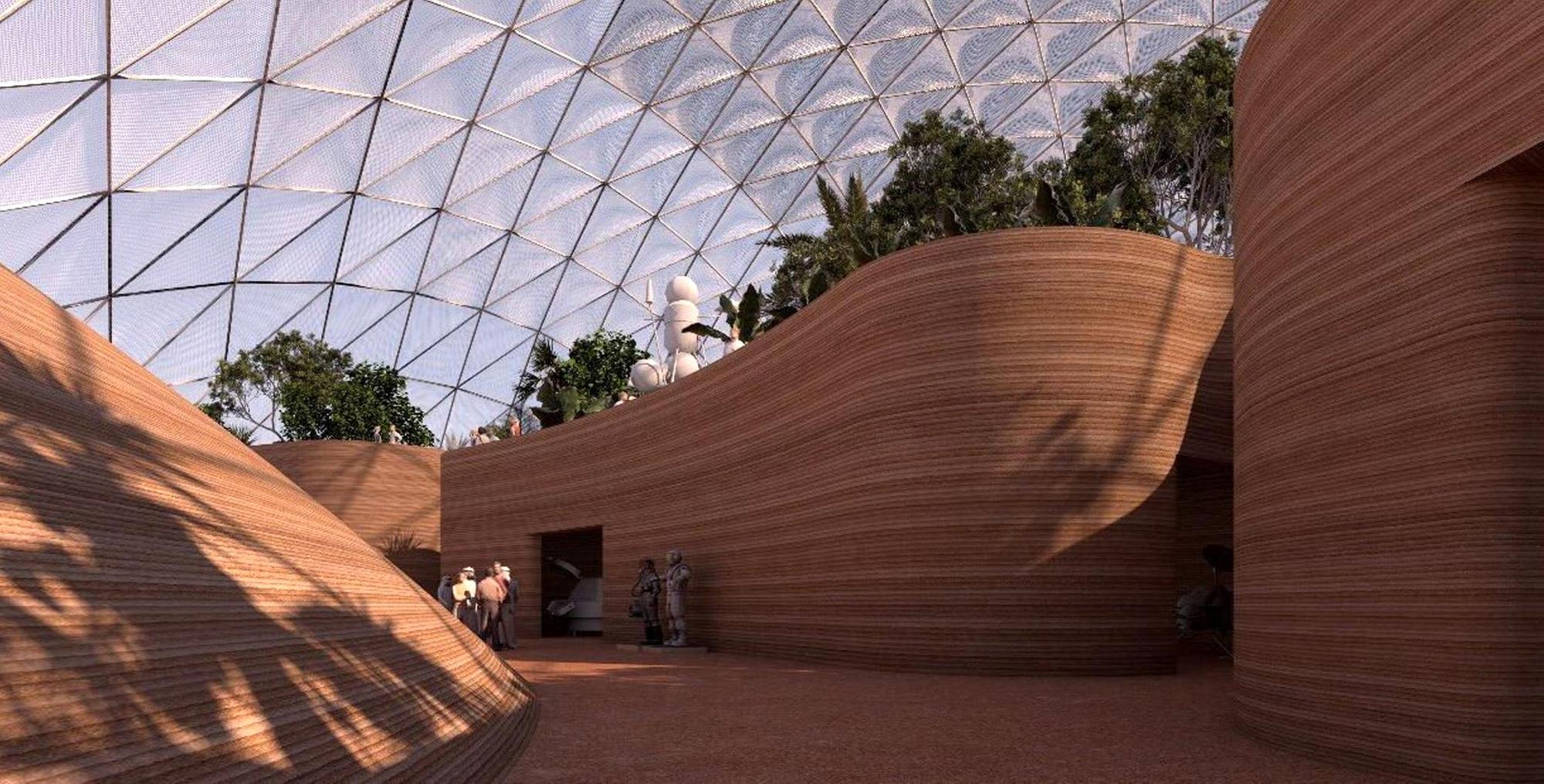


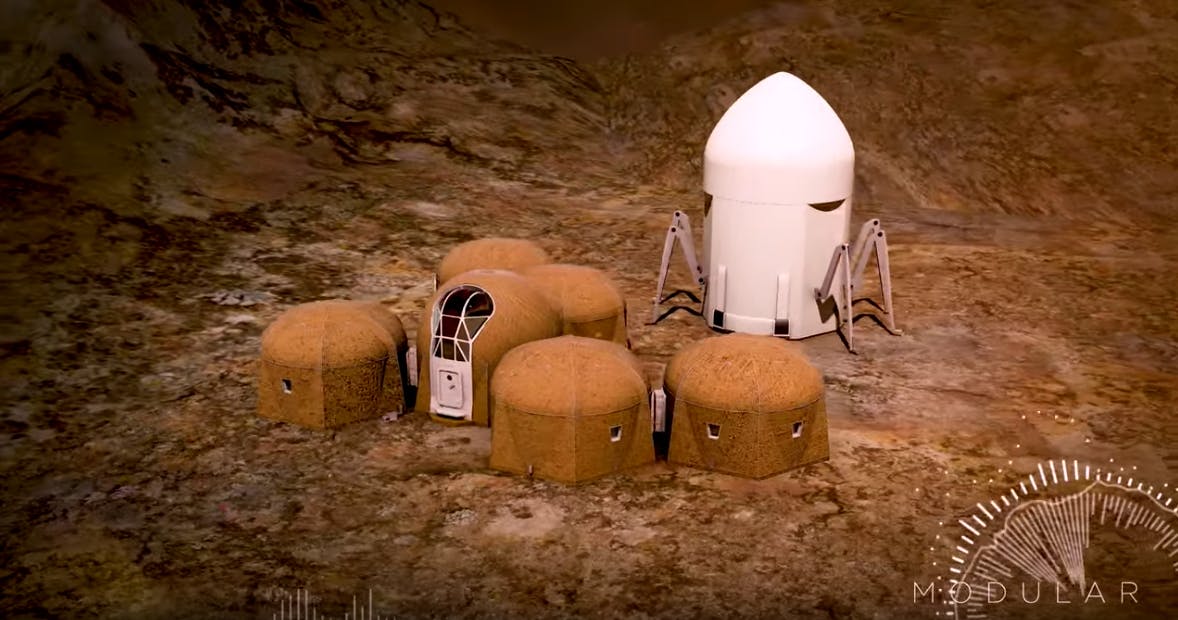
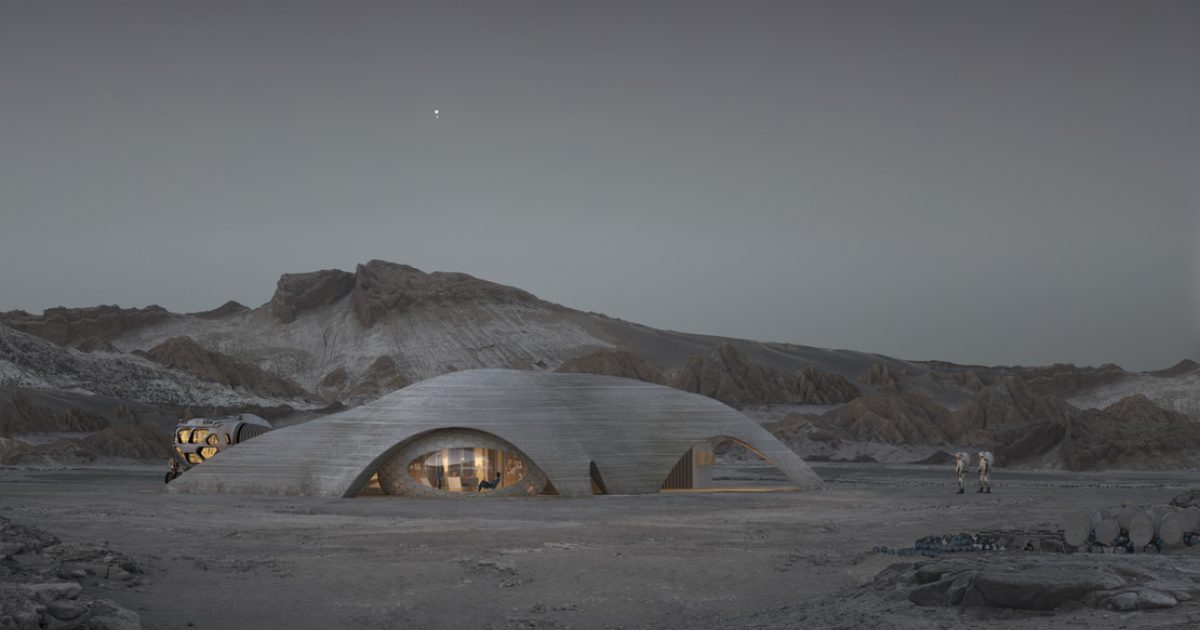
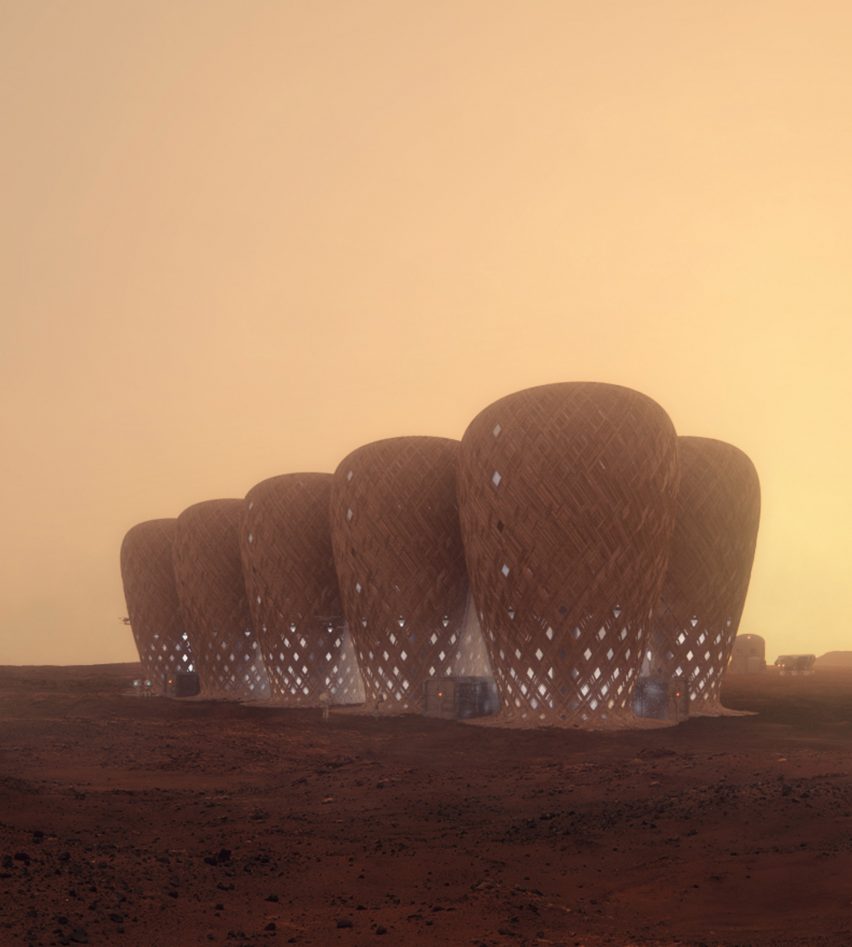




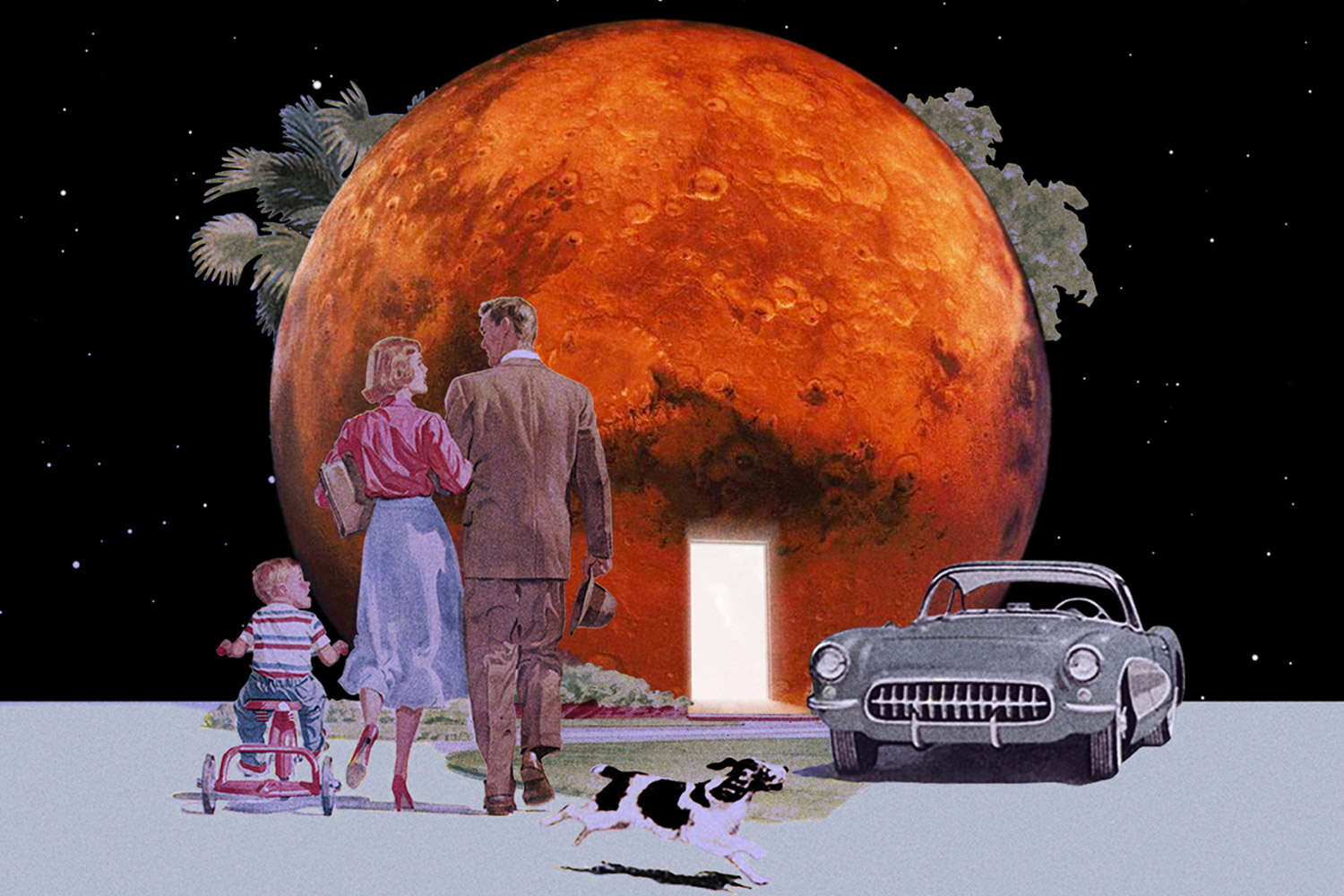






















Leave a comment